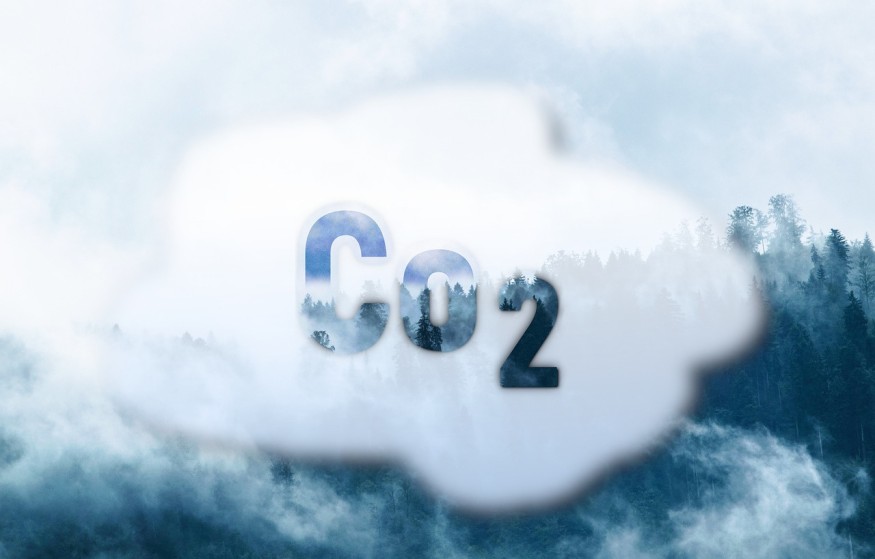A press release from NASA's Jet Propulsion Laboratory (JPL) released a map of carbon dioxide emissions of over 100 countries worldwide. The pilot study provides a new look at how much each nation produces carbon dioxide and how much of it is absorbed from the atmosphere by forests and other carbon sinks.
The results show how the NASA Earth-observing satellite and other space-based instruments could aid governments to accomplish climate targets by providing insights into Earth.

Top-down Approach in Mapping Global Carbon Footprint
The study, titled "National CO2 budgets (2015-2020) inferred from atmospheric CO2 observations in support of the global stocktake" published in Earth System Science Data, was conducted by over 60 researchers who used measurements made by NASA's Orbiting Carbon Observatory-2 (OCO-2) mission and a network of ground-based observations to quantify the increase decrease of carbon dioxide concentration between 2015 to 2020.
Using the top-down approach, researchers were able to conclude the balance of how much carbon dioxide is emitted and removed. The findings from the study come at the right time when the first Global Stocktake will take place this year. It is a process that evaluates the collective progress of the world toward limiting global warming.
NASA's Earth Science Division director Karen St. Germain said that the space agency is focused on delivering Earth science data that addresses real-world climate challenges to help governments measure the impact of their carbon mitigation efforts.
As per NASA, traditional activity-based approaches to carbon measurement depend on the tally and estimation of the amount of emitted carbon dioxide across various industries. It is critical in assessing the progress of emission-reduction efforts but compiling them would need more resources, expertise, and knowledge of relevant activities.
That is why a top-down approach could be helpful for countries lacking traditional resources. The study maps total carbon stock changes in the ecosystem that can be used to track carbon dioxide fluctuations related to land cover change. Emissions due to deforestation just make up a small amount of total carbon output in the Global South, including Latin America, Asia, Africa, and Oceania.
Mapping Global Carbon Dioxide Emissions
NASA’s OCO-2 satellite helps track carbon dioxide emissions for more than 100 countries.
— NASA Earth (@NASAEarth) March 7, 2023
In this map, countries where more carbon dioxide was removed than emitted appear as green depressions, while countries with higher emissions are tan or red and appear to pop off the page. pic.twitter.com/6w6Ij7nxCV
The research provides a detailed picture of carbon's movement across the Earth's land, ocean, and atmosphere, SciTech Daily reports.
Aside from the direct human impacts accounted for by national inventories, unmanaged ecosystems such as some tropical and boreal forests can absorb carbon from the atmosphere, potentially lowering global warming.
Professor Noel Cressie, a study author from the University of Wollongong in Australia, said that national inventories are intended to track how management policies impact emissions and removals of carbon dioxide.
But the atmosphere does not care whether carbon dioxide is from deforestation or wildfires as both processes will increase the concentration and drive climate change. That is why it is important to track the carbon balance of unmanaged ecosystems and determine any changes in carbon uptake.
Researchers also said that their pilot study can still be improved to further understand how each nation's carbon emission is changing. Study lead author Brendan Byrne from NASA's JPL in Southern California said that sustained, high-quality observations are needed for these top-down estimates.
Future missions could provide an extended map of carbon dioxide emissions across the globe that will enable other scientists to refine these top-down estimates and give more accurate estimates of emissions and removals in each country.
RELATED ARTICLE: Carbon Charges For Frequent Air Travellers To Offset Emissions
Check out more news and information on Carbon Emissions on Science Times.












